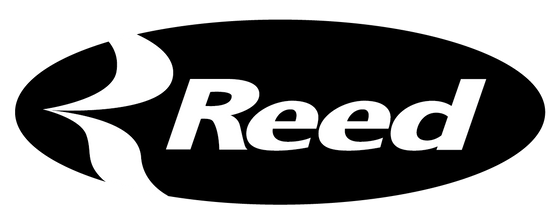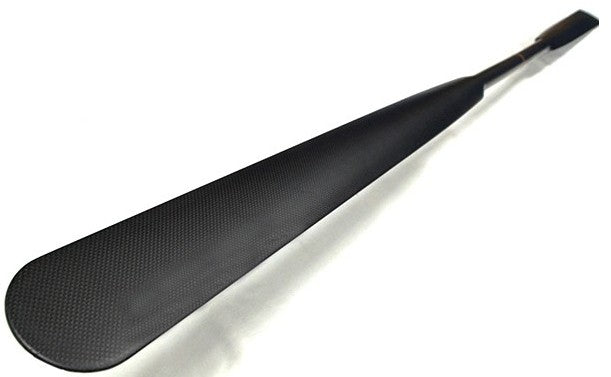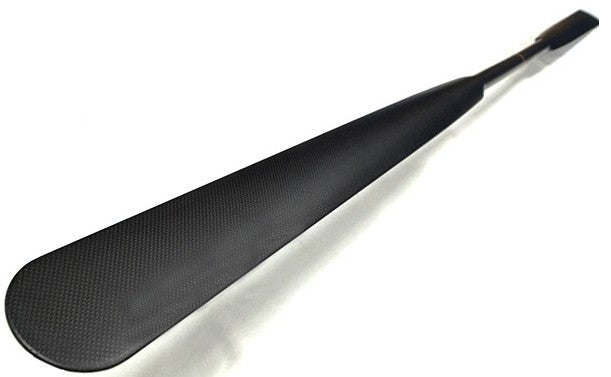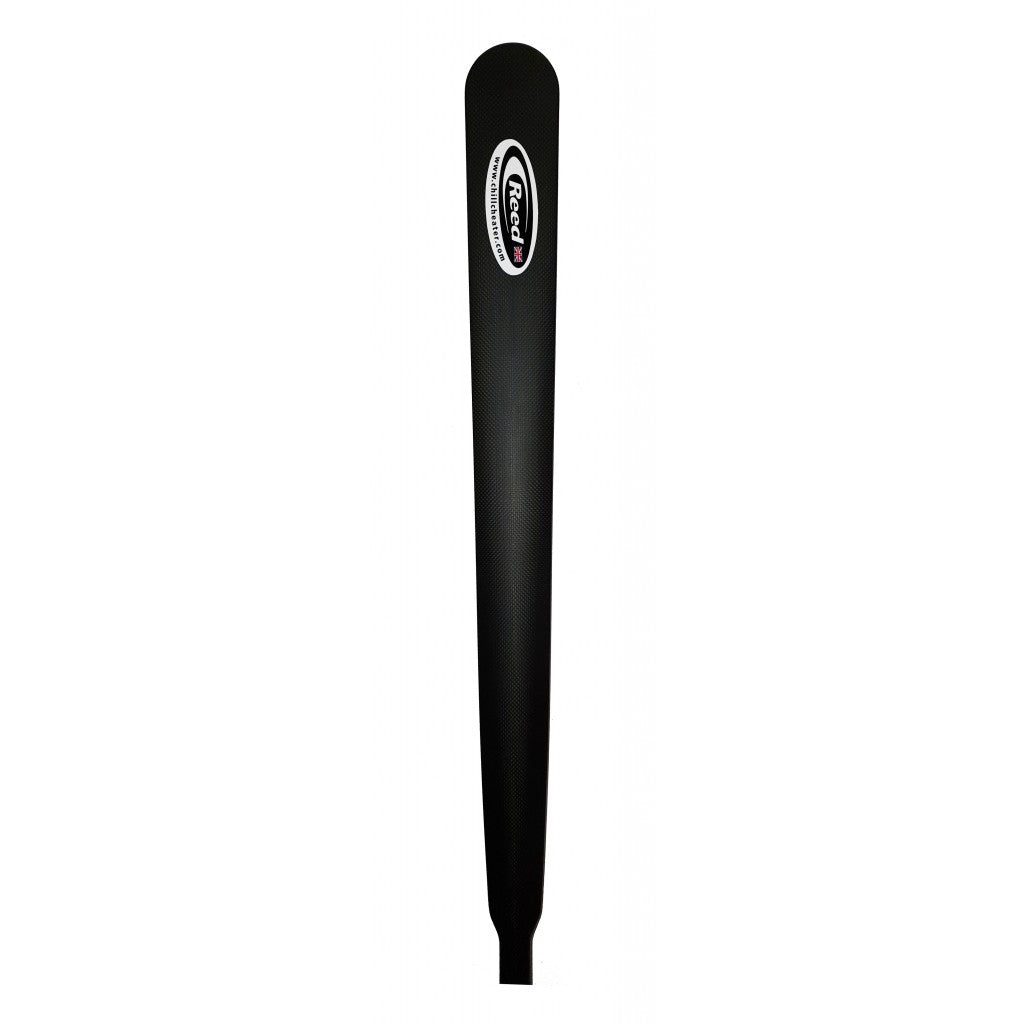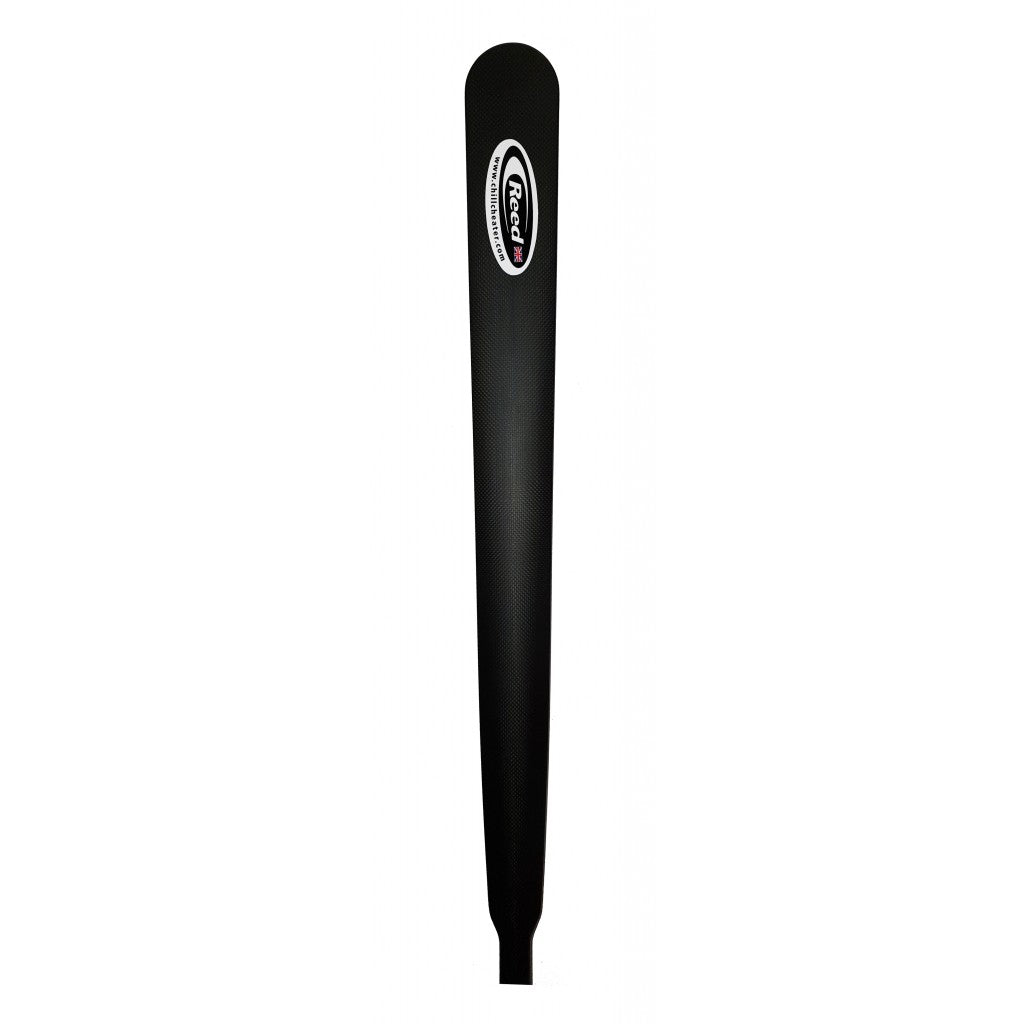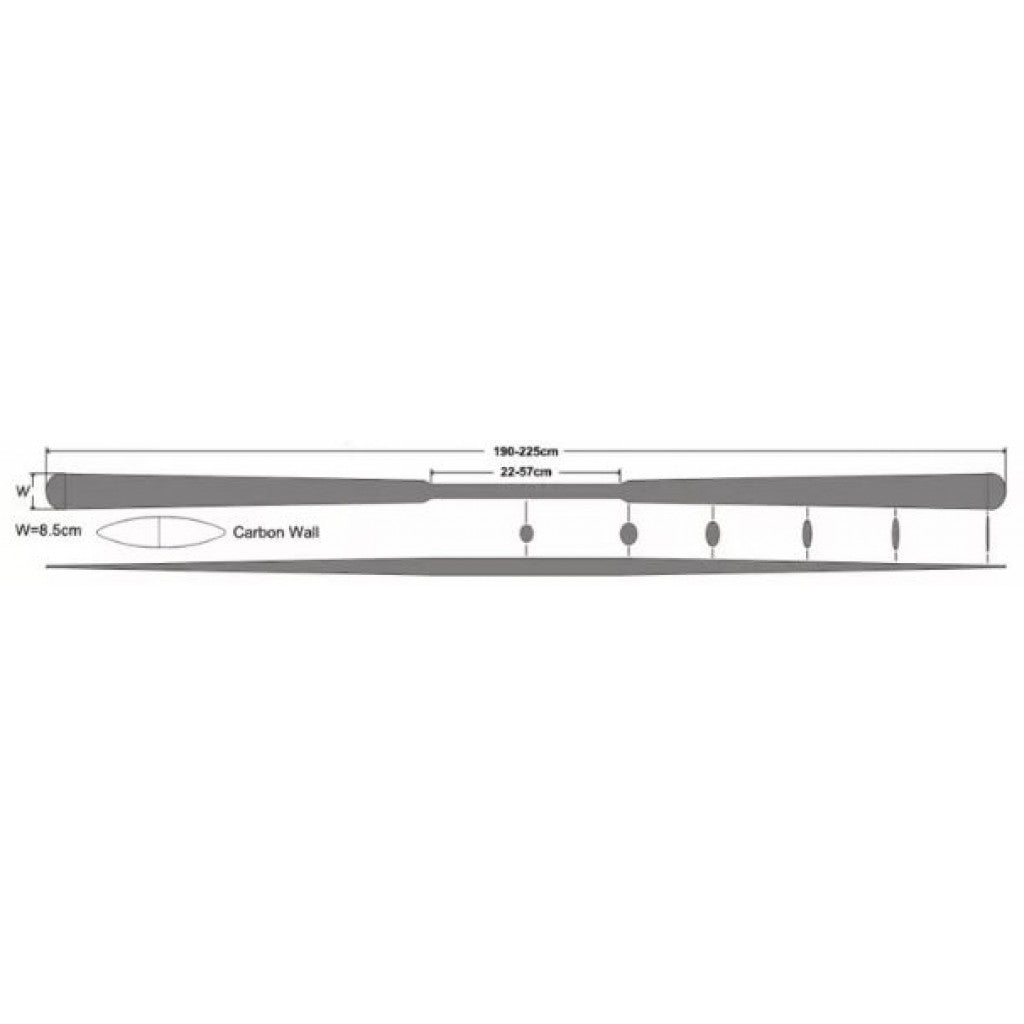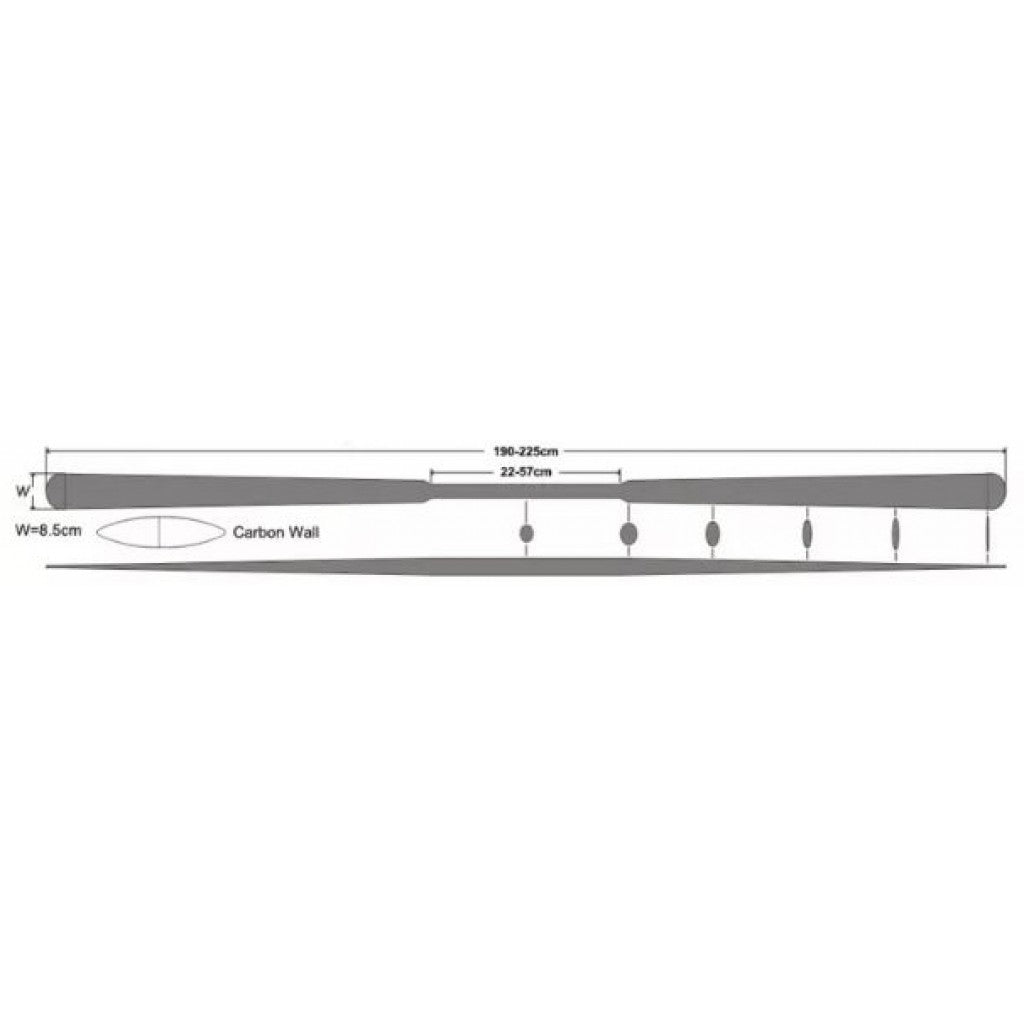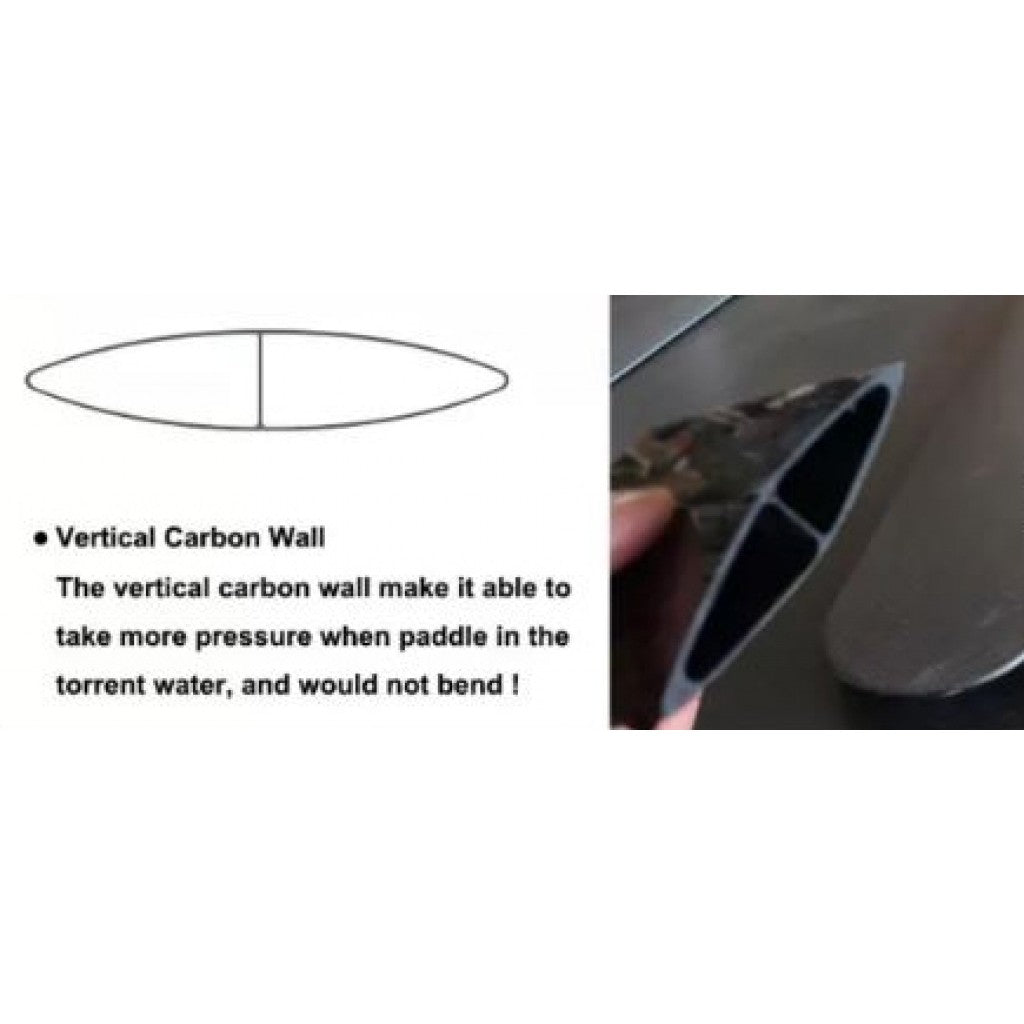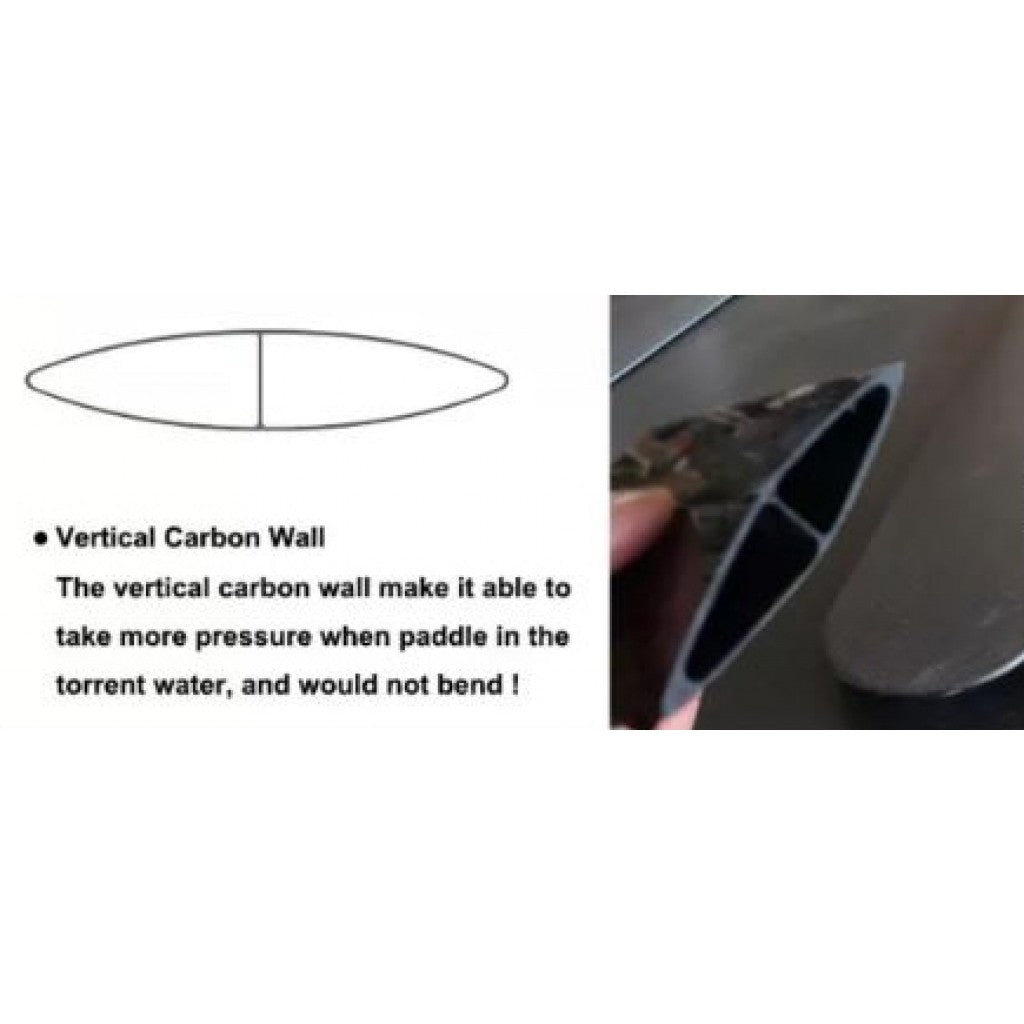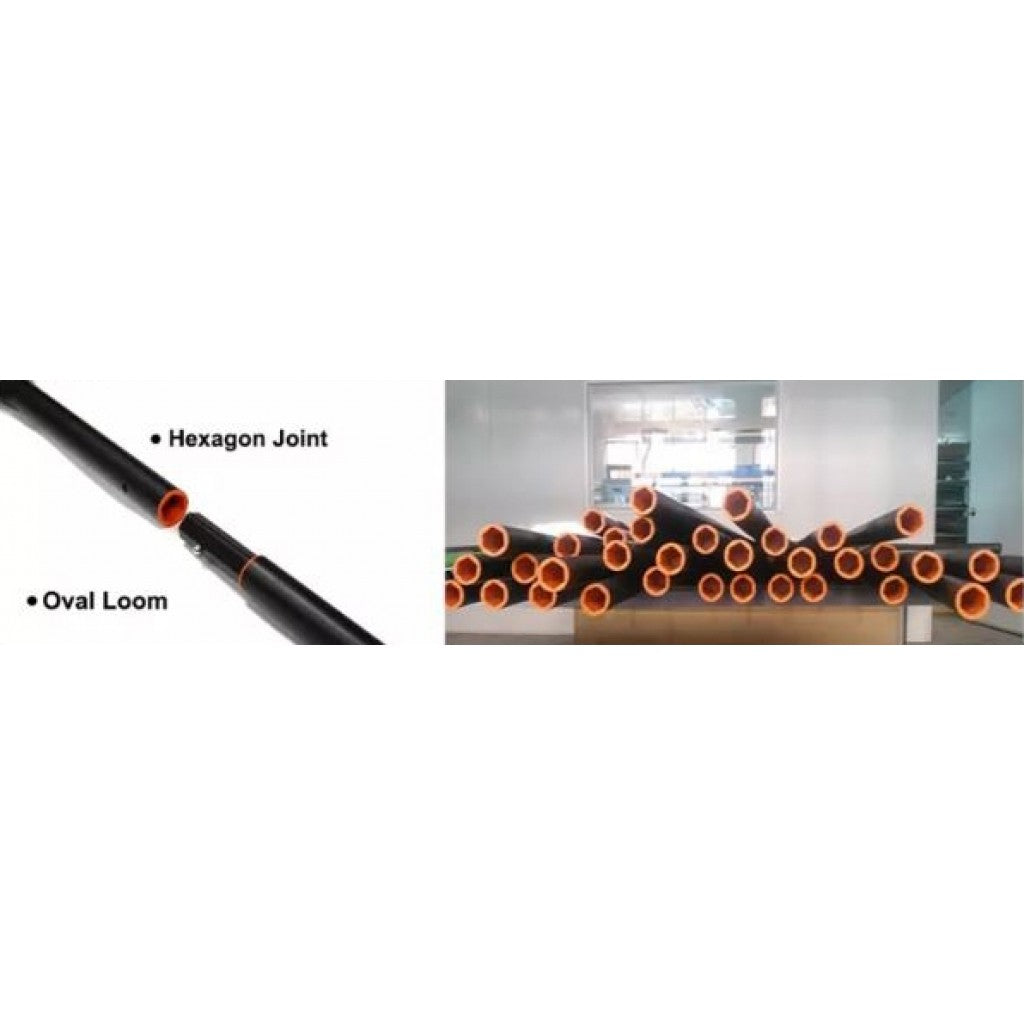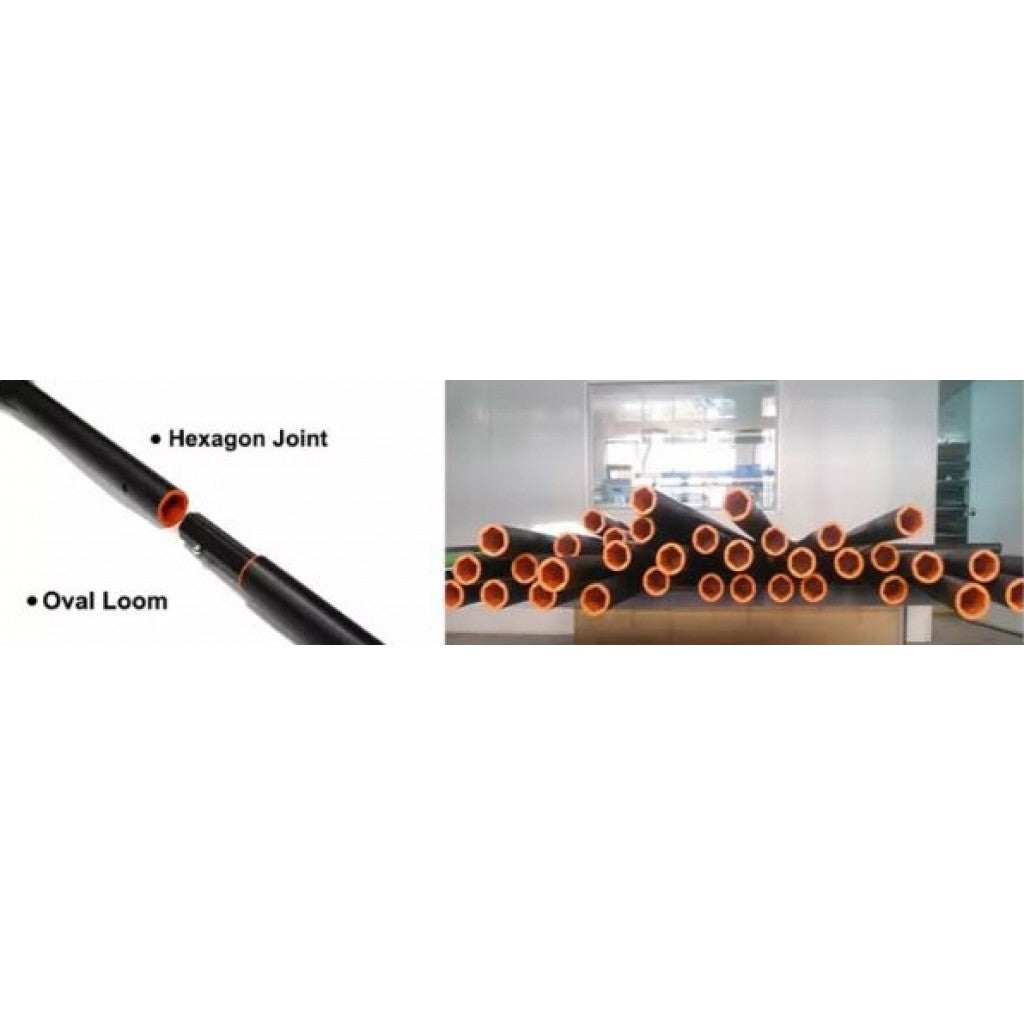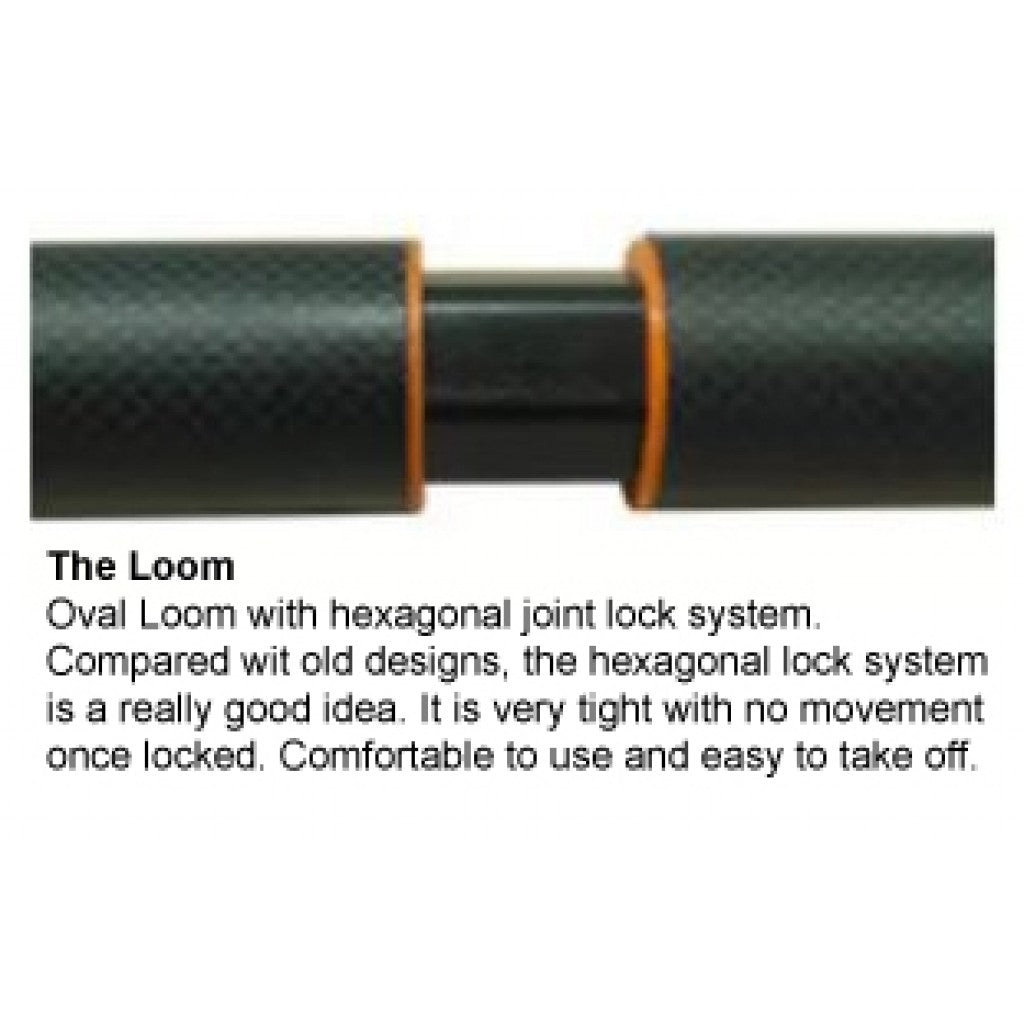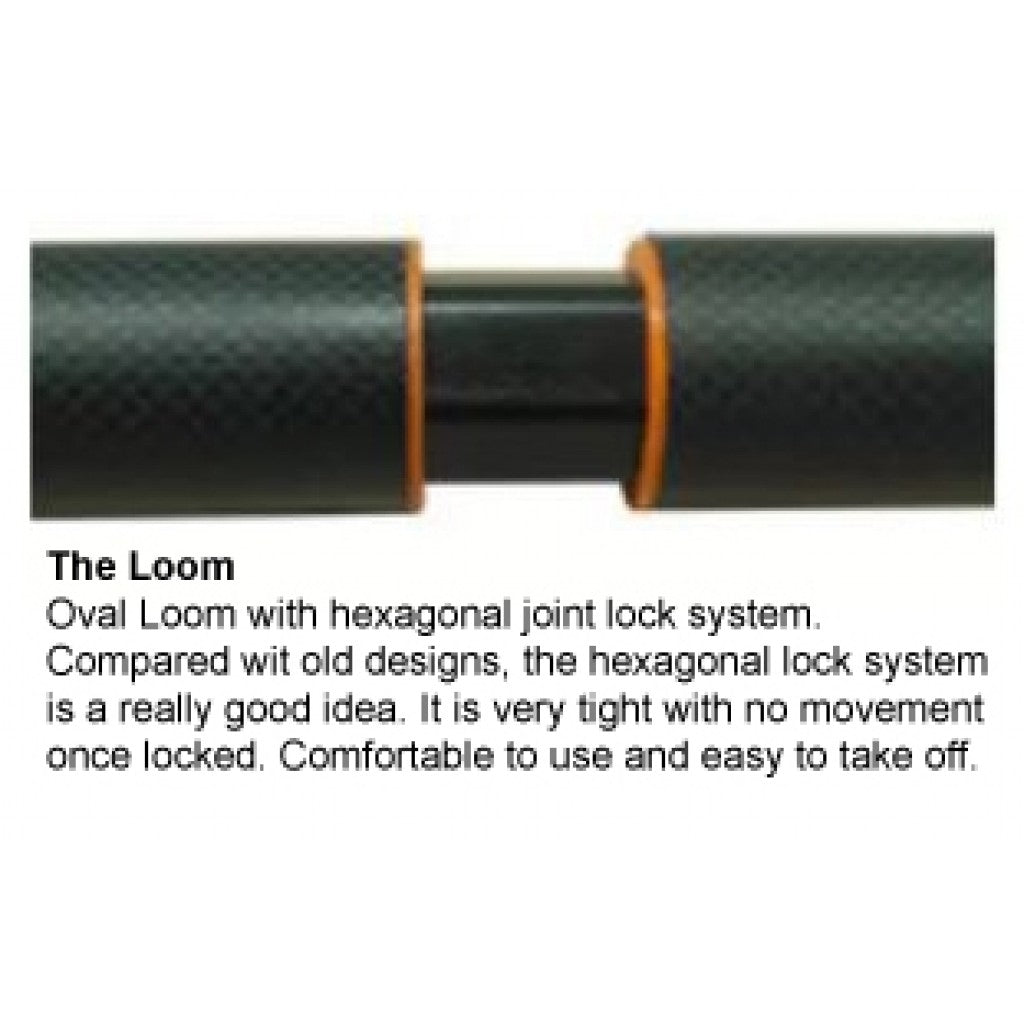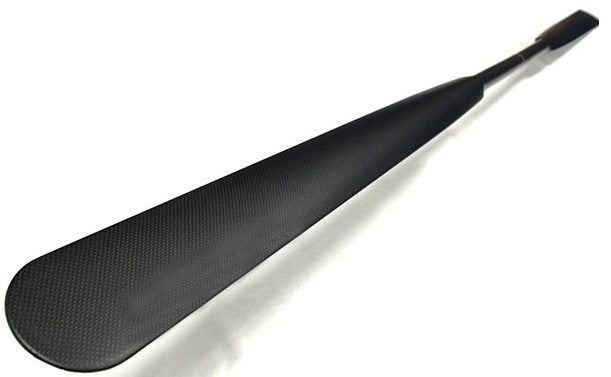Our Reed KING Greenland paddle is a paddle in the style of those traditionally used by the Inuit of Greenland. It is characterized by long, narrow, tapering blades and a relatively short loom, or shaft, that is typically one-quarter and no more than one-third the length of the paddle. Unlike Inuit paddles across the Davis Strait, the loom is not carved in any way that would interfere with the sliding stroke.
A Greenland kayak paddle is narrow so the hand can grasp the blade near the end without having to grasp the tip, which on a traditional paddle is connected to the blade by a mortise and tenon joint. So the extreme width of a Greenland blade should be no wider than the paddler can grasp between the web of the thumb and the second joint of the forefinger. A paddle that has a blade too wide to grasp is not a Greenland paddle,because it cannot be used like one.
The Greenland paddle has become increasingly popular among sea kayakers in North America, Europe, and other parts of the world. Apart from its romantic association with the people who taught Europeans to kayak and to roll, the narrow-bladed Greenland paddle is popular because it is easy to brace and roll with and is not very susceptible to strong winds. Also, because it slips a little at the beginning of a stroke, it is easier on the muscles, and thus less fatiguing on day-long trips than wide-bladed “Euro”-style paddles. A further benefit for northern kayakers is that the Greenland kayak paddle is adapted for paddling in freezing conditions.The shoulders where the blades and loom meet make an ice-coated loom easier to grip, while the narrow ends of the blades, which are immersed in water while paddling, offer an ice-free grip for emergency braces and rolls.
The distinct surface on the carbon paddle allows for a firm grip, even when it gets wet. The paddle offers a high-friction surface just like a wooden paddle, yet feels smooth and, as such, protects against blisters on the hands.The joint is a hexagonal carbon fitting secured with a simple snap lock
